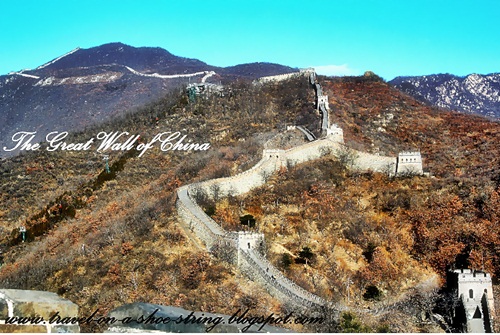All bank notes will have a color almost similar to the ones used on the current bank notes—orange for P20, red for P50, bluish violet for P100, green for P200, black/gold for P500 and blue for P1,000.

Today, I receive all God’s love for me. Today, I open myself to the unbounded, limitless, overflowing abundance of God’s Universe. Today, I open myself to your Blessings, healing and miracles.Today, I open myself to God’s Word so that I become more like Jesus Everyday. Today, I proclaim that I’m God’s Beloved, I’m God’s Servant, I’m God’s powerful champion, And because I am blessed, I will bless the world, In Jesus Name, Amen.
The Great Wall of China is referred to in Mandarin as Wanli Changcheng (10,000-Li Long Wall or simply very long wall) BEIJING, CHINA- S...





The last time I checked, no other bank note all over the world has both parents and his son in the same bank note-PNOY





Travel, Photographs and Lifestyle Copyright © 2010 LKart Theme is Designed by Lasantha